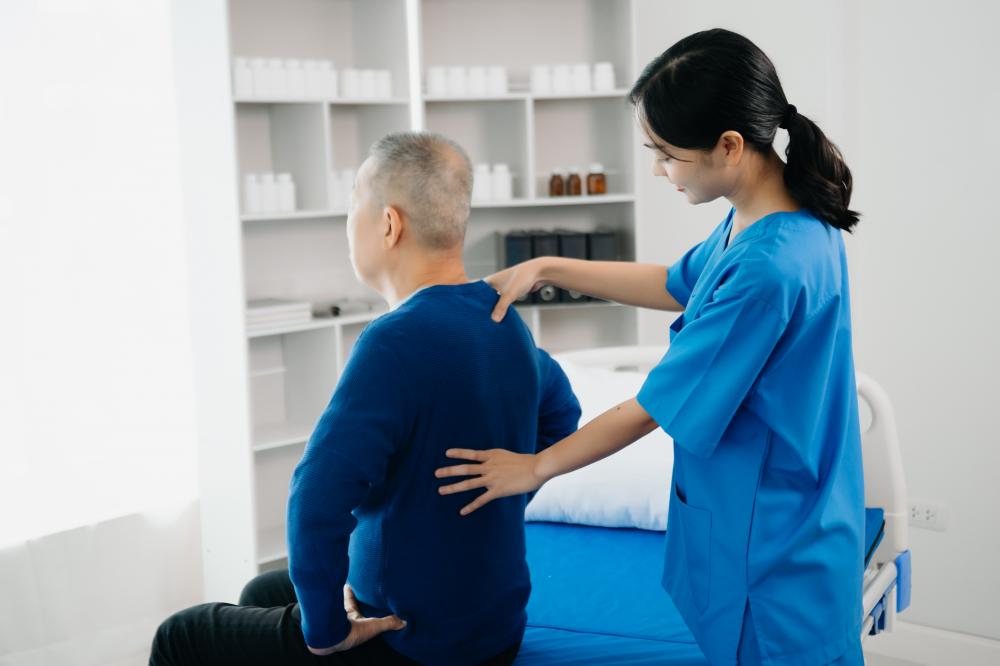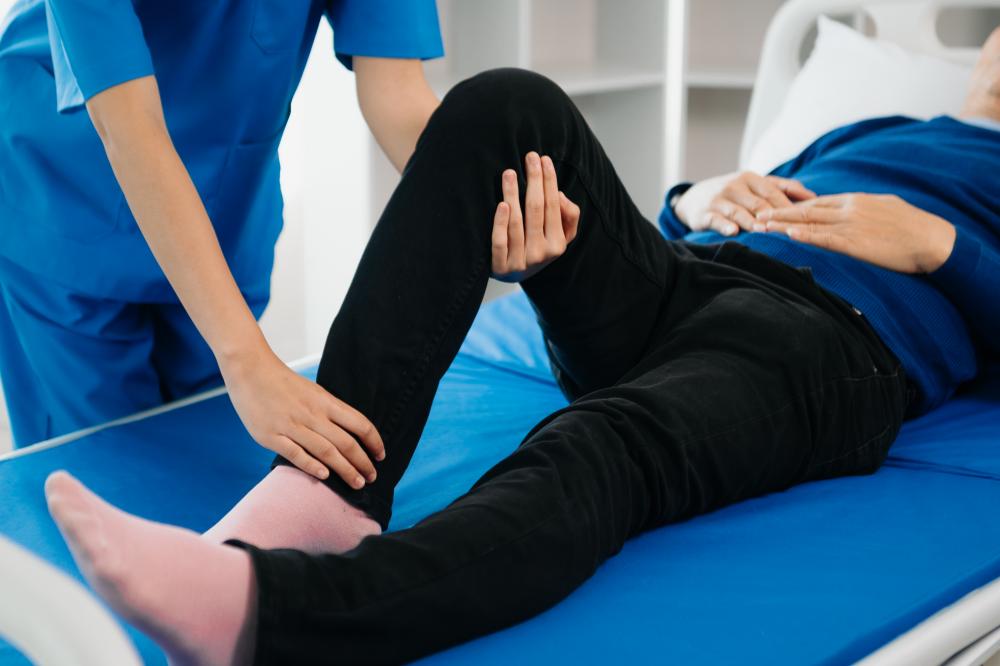Welcome to Push Pounds Sports Medicine Clinic
At Push Pounds Sports Medicine Clinic, we pride ourselves on delivering exceptional physiotherapy services in Toronto. Nestled in the heart of downtown and easily accessible via the Toronto PATH system, our clinic stands as a beacon for those seeking comprehensive physiotherapeutic care. Our team, comprised of highly trained and experienced physiotherapists, dedicates itself to providing personalized treatment plans that cater to the unique needs of each patient. With a special emphasis on injury recovery, sports medicine, and leveraging the latest in biomechanics and body movement research, Push Pounds is your go-to destination for all things physiotherapy in Toronto.
Our Philosophy
At the core of our practice lies a deep-seated belief in the transformative power of physiotherapy. We understand that every patient’s journey towards recovery and optimal health is unique. This understanding drives us to offer a tailored approach, ensuring that each individual receives care that is not only effective but also aligned with their specific rehabilitation goals. Our commitment to staying abreast of the latest advancements in physiotherapy ensures that you are always receiving the most cutting-edge treatments available.
Our Services
Orthopedic Physiotherapy
We specialize in treating a variety of musculoskeletal conditions and injuries. Whether you’re recovering from surgery or dealing with chronic pain, our orthopedic physiotherapy services are designed to alleviate discomfort and enhance your mobility.
Sports Injury Physiotherapy
Our expertise in sports medicine makes us the preferred choice for athletes and active individuals suffering from sports-related injuries. From acute care to rehabilitation and preventive strategies, we help you get back in the game stronger and safer.
Comprehensive Treatment Techniques
- Exercise therapy and rehabilitation
- Mobilization and joint manipulation
- Spinal decompression
- Custom braces and support systems
Why Choose Us?
Choosing Push Pounds Sports Medicine Clinic for your physiotherapy needs in Toronto means opting for a partner in your health journey. Our clinic not only provides top-notch physiotherapeutic care but also offers a welcoming and supportive environment where your health goals are our priority. Testimonials from our satisfied patients underscore our professionalism, expertise, and the successful outcomes we achieve in injury recovery and pain management.
Moreover, our affiliation with the Canadian and Ontario Physiotherapy Associations reaffirms our commitment to upholding the highest standards of practice. This ensures that you are receiving care that is not only effective but also ethically grounded and professionally endorsed.
Specialized Programs
Recognizing the diverse needs of our patients, we offer specialized programs such as the ACL Club and Hypermobility Program. These bespoke programs are designed to address specific conditions with targeted interventions, ensuring more efficient recovery paths and better overall outcomes.
Our Location and Accessibility
Located in downtown Toronto, Push Pounds Sports Medicine Clinic is conveniently situated to serve patients from all walks of life. Our easy accessibility via the Toronto PATH system ensures that whether you’re coming from work or home, getting to your appointment is hassle-free.
Insurance and Payment Options
Understanding the financial aspects of healthcare is integral to accessing needed services. That’s why at Push Pounds, we accept a wide range of health insurance plans. Our transparent pricing and dedication to patient education mean that you’ll always understand your treatment plan and the associated costs.
Book Your Consultation
Embarking on your physiotherapy journey with Push Pounds Sports Medicine Clinic in Toronto is the first step toward recovery and improved health. Our team is ready to assist you in achieving your health goals in a comfortable and confidential environment. Connect with us today to book a consultation and discover how we can help you push through your limits and regain your optimum level of health and activity.
Do you need a prescription for physiotherapy in Ontario?
No, you don’t need a prescription to receive physiotherapy services in Ontario. This is one of the great aspects of accessing physiotherapy care in our region; it allows for quicker access to treatment when you need it. Many of our clients at Push Pounds Sports Medicine Clinic come directly to us without a referral or prescription. They value the ability to address their concerns promptly, without waiting for a doctor’s appointment. Of course, if you’re seeking reimbursement from your insurance company, it’s always wise to check their policies, as some may require a doctor’s referral for coverage purposes.
How much does physiotherapy cost in Canada?
The cost of physiotherapy in Canada can vary widely depending on the type of services you require and the duration of your therapy. Generally, an initial consultation might range anywhere from $90 to $150, with subsequent treatment sessions costing less. At Push Pounds Sports Medicine Clinic, we strive to offer competitive rates and transparent pricing. We believe in making physiotherapy accessible and are committed to providing value by integrating the latest research and techniques into our practice. We also work closely with insurance providers and offer a clear breakdown of costs to help our patients navigate their coverage options.
Do you need a referral to see a physiotherapist in Canada?
In most cases, you do not need a referral from a doctor to see a physiotherapist in Canada. This allows patients greater flexibility and quicker access to treatment. However, some health insurance plans might require a doctor’s referral for reimbursement. At Push Pounds, we recommend checking with your insurance provider to understand your plan’s requirements fully. Our team is also happy to assist with any documentation you may need to ensure a smooth and hassle-free experience.
Is there a difference between a physical therapist and a physiotherapist?
The terms ‘physical therapist’ and ‘physiotherapist’ are often used interchangeably and refer to the same profession. Both titles signify a healthcare professional specialized in the treatment of physical impairments and injuries through non-invasive methods. The difference in terminology is mainly regional, with ‘physical therapist’ being more commonly used in the United States, while ‘physiotherapist’ is the preferred term in Canada and other parts of the world. At Push Pounds Sports Medicine Clinic, our physiotherapists are highly skilled and trained in a variety of treatment techniques designed to promote healing, improve mobility, and enhance the quality of life.
What are the main benefits of physiotherapy?
Physiotherapy offers a multitude of benefits, ranging from pain relief and improved mobility to enhanced performance and injury prevention. What makes physiotherapy truly remarkable, though, is its ability to tailor treatment to the individual. Every person’s body and health journey are unique, and the tailored approach we take at Push Pounds allows us to create highly effective treatment plans. Whether you’re recovering from an injury, managing a chronic condition, or aiming to improve your athletic performance, physiotherapy can play a crucial role in achieving your health and wellness goals.
How does physiotherapy help in preventing sports injuries?
Prevention is key in sports medicine, and physiotherapy plays a vital role in helping athletes and active individuals avoid injuries. By analyzing body mechanics, movement patterns, and the demands of specific sports, our physiotherapists can identify potential areas of weakness or imbalance. Through targeted exercises, strength training, and mobility work, we can address these issues, improving resilience and reducing the risk of injury. Additionally, education on proper techniques and body mechanics can empower athletes to engage in their sports safely and effectively.
How do custom braces and support systems aid in recovery?
Custom braces and support systems are designed to provide targeted support and stabilization to injured areas, facilitating the healing process. By aligning joints and limiting harmful movements, these tools can help prevent further injury and enhance recovery. At Push Pounds, we often integrate custom braces into our treatment plans, especially for conditions like ACL injuries or ankle sprains. These braces are tailored to fit the individual’s body perfectly, ensuring optimal comfort and efficacy. Incorporating custom braces and supports, alongside physiotherapeutic exercises, can significantly accelerate recovery and help patients return to their activities safely.
Resources
- Canadian Physiotherapy Association – The official website of the Canadian Physiotherapy Association, providing information on physiotherapy practices and standards in Canada.
- Ontario Physiotherapy Association – The Ontario Physiotherapy Association’s website offers resources for physiotherapists and patients in the province.


